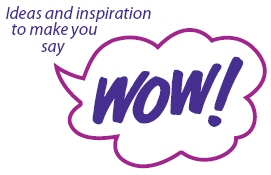If you’ve got great a story to tell its well worth getting it out to the media which reaches your market.
If it’s of interest to people in your local area, for instance, then trying to get your story in the local newspaper is worth a crack. If it’s a story of interest to people in a particular industry it worth contacting an industry magazine that services that market. If it’s interesting and relevant to readers, listeners or viewers of metropolitan media then those media may welcome your story.
So here’s a brief synopsis of how to go about it.
The first step is to phone and talk to the person who makes the news decisions in the media you are targeting and outline your story. They will decide if the story has appeal and delegate a journalist to cover it.
So, what you are proposing has to be newsworthy. If it doesn’t they’ll suggest that you run an advertisement.
Outline the story and “sell the sizzle” so that they see the appeal for their audience. Describe what you can set up for a photo or video grab. If they like it they’ll want to know more and will ask you to send more information to the journalist who will cover the story. That means preparing a press release.
A press release is simply the way you get your information across to the journalist to make their job easier. The major steps in getting it right are:
Set it out right. Have your practice name and address at the top with “MEDIA RELEASE- for Immediate Release” and the date underneath. Leave good size margins each side of the copy and double space it for ease of editing.
Have a good heading. You should have a good, attention grabbing heading for your press release. It should get the attention of the reader and make them want to read on.
For example, “Vet’s Open Day” isn’t exciting but “Pet killing snakes that kill!” certainly would attract their attention and invite them to read on.
Write with sparkle and interest. No matter how good the heading, unless the story stacks up and retains the journalist’s attention you won’t get far. That means write the most vital and interesting story that you possibly can.
Generally the most important thing is to ensure that the story answers at least six questions that the average reader would want answered. These are “Who?” “What?” “Where?” “When?” “Why?” and “How?” of your event.
Submit it promptly. Your contact will want the information as soon as possible so e-mail your release to them promptly. Follow up with a phone call to both ensure they’ve got it and to provide further details if needed.
Then sit back and hope that it makes it into the media. Don’t pester them but do thank them if you get coverage.

Recent Comments